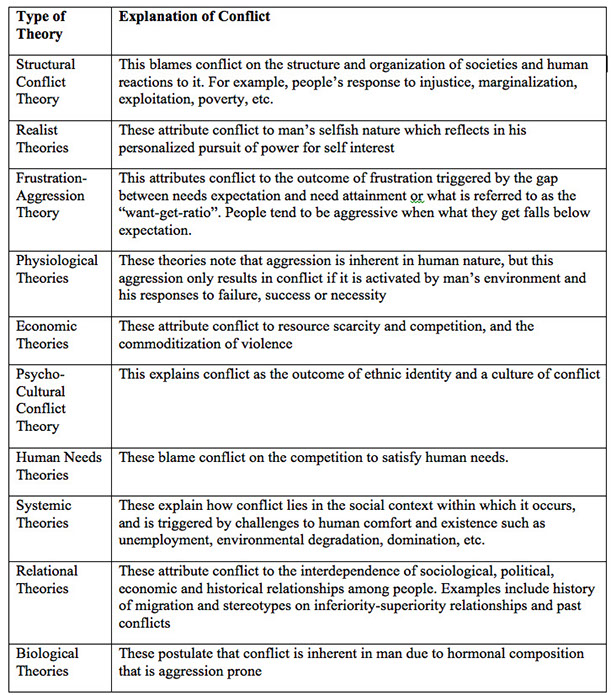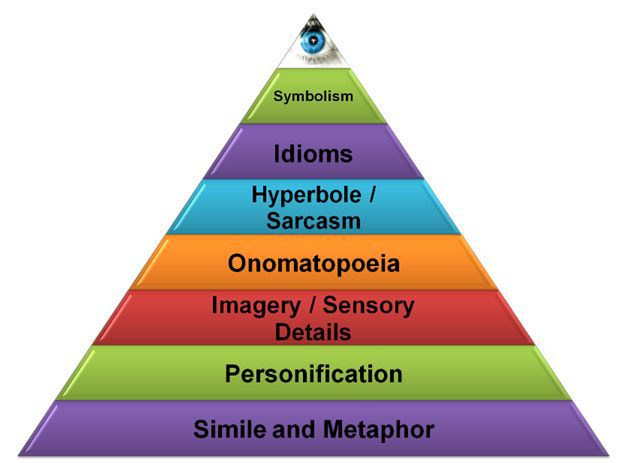"After Death"
by Christina Rossetti
A New Critical Theory Analysis
By Ashley Zizich
New Critical analysis means to do a “close reading” of the “work itself”. To do a close reading helps make a work of literature or poetry explicit and clear. Literary language tends to be densely packed with meaning and while doing a close reading, it will be the analysts job to unfold that meaning and lay it out for the reader. In a close reading, attention to elements of language, specifically poetry, will help to point out particular salient elements of style and help explain the purpose and effect of these elements within the text. New Criticism is the main way of looking at and analyzing literature. By analyzing a work using New Critical Theory, the work can then be opened up to larger perspectives of other theories as well. In a New Critical theory, there is no attention on the biography or sociology of the author. The objective of New Critical theory is found through a close focus and analysis to determine how the piece works.
In a close reading of the text, you should carefully annotate it. Write down questions, comments, or reactions. Be aware of recurring images, words or phrases, events, and patterns. Below are a few ideas that will help in understanding the text:
1- Carefully transcribe the passage.
2- Describe what you discovered by transcribing the passage. For instance, did certain words or ideas emerge as important?
3- Paraphrase the passage: Reconstruct it sentence by sentence in your own words. Remember, a paraphrase is not a summary, it is a translation, sentence by sentence from the authors words to your own.
4- Annotate and list any repetitions of key words or sounds.
5- Construct a list of the passage's closely related words and/or ideas.
6- Annotate and identify the figurative language (similes, metaphors, conventional and contextual symbols) in the passage.
7- Consider the text and generate at least one thesis statement for an essay on the text as a whole.
8- Add theory. What theoretical approach seems to elucidate or interrogate the ideas at issue in the passage?
Before developing a theory and a thesis for an essay on "After Death" I followed these approaches for doing a close reading of the piece to better prepare for an analysis.
Transcription of the poem can be found in under the sub-pages of close reading. By transcribing the text, I found poetic elements of rhyme, stresses, assonance,enjambment, and alliteration. The work is a sonnet written in iambic pentameter with an odd rhyme scheme. The poem is a Petrarchan Sonnet with 14 lines, and 10 syllabic on each line. The tone of the sonnet is bitter, and resentful, but in the end accepting of her fate. After transcribing the sonnet, my personal feelings were that this was a wonderfully written piece that drew a haunting picture of life after death. I have never read anything by Christina Rossetti, and this sonnet reminded me of Sylvia Plath because of the tone of depression and bitterness. This sonnet is told from the point of view of a deceased woman who is speaking to a man who did not care for her while she was alive. The relationship between the man and woman can be viewed as bitter, even though at the end, the woman seems to accept the nature of the relationship. The man may be her husband, or lover, or maybe her father. The sonnet is descriptive with imagery of a funeral, with images of flowers, and darkness contrasting the light. Questions I asked about this piece were, why was it written? Why did the man not care for the woman? Is the woman happy she is dead? What was the relationship between the man and woman?
Figurative language in this piece: warm=living, cold=dead, slept=dead.
Things I took notice of while annotating the piece:
1- The narrator is viewing the encounter of her body, and a man mourning her.
2- The end rhymes of "wept", "slept", "crept", and "slept" all rhyme with death.
3- "shadows crept" and "curtains were half drawn" indicates light going to dark, connoting life to death.
4- The imagery of flowers, indicating mourning.
5- Line 5- she "slept". Her body was sleeping because she was dead, but her spirit is awake and aware of the meeting.
6- Line 7- The man calls her "child", indicating that he could be her father.
7- Line 8- The man is sad, because he wept.
8- Line 9- The man did not touch the shroud. Not touching her leads to a lack of commitment.
9- Line 10- There is nothing endearing in the man's mannerisms.
10- Line 13- The narrator holds a criticism towards the man. He pities her in her death only, but what about when she was living?
11- Line 14- The woman accepts her death. Did she want her death? Was her death a revenge?
Paraphrasing the Passage: I will take the passage line by line and paraphrase into my own words:
The curtains were half open, letting some sunlight in, or keeping the sunlight out, and the floor was full
of flowers of many varieties
The flowers were upon the coffin where the woman lay
The shadows started creeping into the room
A man leaned above the woman, knowing she was dead.
The woman is looking at the man who is looking at her laying in her death, but the woman is a spirit or ghost.
The man refers to the woman as child, and says "poor child, poor child" as he is sad she is dead
The man turns away and is silent, the woman cannot see the man, but she knows he is weeping.
The man did not touch the woman or do anything endearing in his manners towards her.
The man did not even take the woman's hand in his own.
The man did not make sure the woman was comfortable
The man did not love the woman while she was alive, but now that she is dead
He pities her, but she thinks it is a revenge of sorts
To know that he is alive while she is cold.

